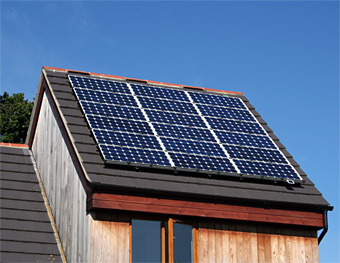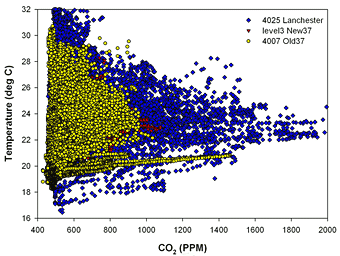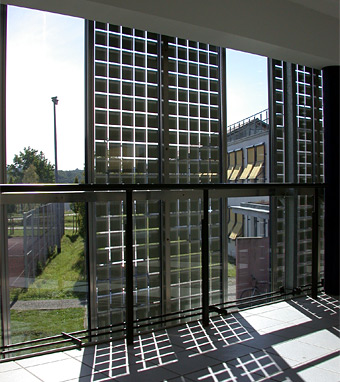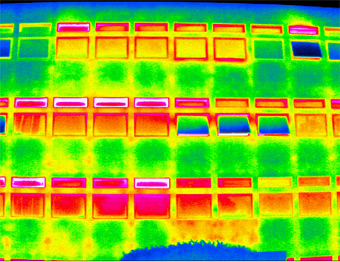The SAVE project’s review of evidence on ‘Energy Efficiency and Behaviour Change‘ which has just been published shows that whilst the great variety of previous trial approaches and contexts often makes it difficult to compare results, common insights have emerged. These include: Customers cannot be engaged as one group – the way in which different people react to attempts to change their […]
Tag List: behaviour
Using Energy Metering Data to Support Census 2021: A Feasibility Study is a project funded by the Office for National Statistics’ Beyond 2011 programme. Investigators: Dr Ben Anderson, Dr Patrick James & Prof. ‘Bakr Bahaj Contact: b.anderson@southampton.ac.uk The possible demise of the decennial UK Census presents social, policy and commercial researchers with both a challenge […]
Census 2022: Transforming Small Area Socio-Economic Indicators through ‘Big Data’ is a project funded by the ESRC Transformative Research 2012/2013. Investigators: Dr Ben Anderson, Dr Patrick James & Prof. ‘Bakr Bahaj Contact: b.anderson@southampton.ac.uk The possible demise of the decennial UK Census presents social, policy and commercial researchers with both a challenge and an opportunity. The challenge […]
The distribution and dynamics of UK citizens’ environmental attitudes, behaviours and actions is a project funded by the Economic and Social Research Council under the Secondary Data Analysis Initiative and runs from January 2013 to June 2014. The project uses Understanding Society, the new large scale UK longitudinal household panel to analyse the environmental attitudes, behaviours, and […]
Residential grid connected PV systems are relatively simple to design with easy to predict annual yields. However, the headline economics of residential PV in the UK are at present unattractive. A typical small residential PV system (1 to 3 kWp) as shown in the top figure would cost in the year 2000 around £4,500 per […]
The carbon dioxide concentration levels normally observed in indoor environments range from 350 to 2,500 ppm and are typically between 500 and 1,500 ppm. Current literature suggests that a building’s carbon dioxide concentration can be seen as an indicator for both volatile organic component (VOC) concentration and general indoor air quality. However, the potential to […]
The question of how to qualify and quantify good building performance is not trivial to answer. A well performing building from a carbon footprint perspective may not automatically be well performing in terms of occupant satisfaction (Figure 1). Similarly building performance may be understood quite differently by different groups of building users as ‘performance’ can […]
The group’s research has highlighted that at present environmental control facilities are often not correctly applied, or more usually, incorrectly used due to their complexity or unintuitive mode of operation. It has been shown that there is often lack of interaction between users and their buildings. Façade interaction studies of an office building highlighted rather […]







